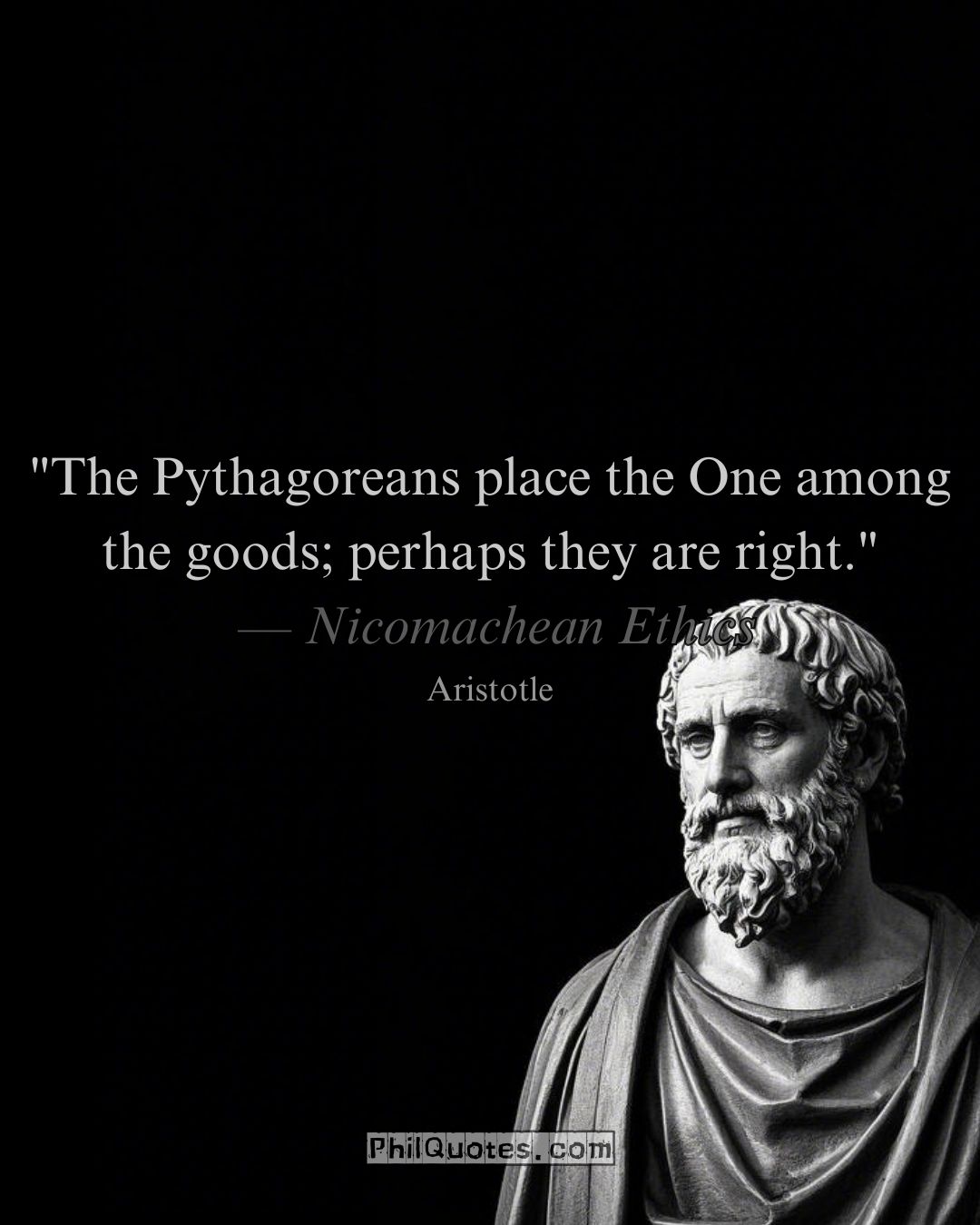
“The Pythagoreans place the One among the goods; perhaps they are right.”
— Aristotle, Nicomachean Ethics, Book I, Chapter 6
Simple Explanation:
Aristotle cautiously endorses the Pythagorean view that mathematical unity (the One) embodies a form of goodness. Unlike Plato’s abstract “Form of the Good,” this suggests cosmic harmony — from musical scales to planetary orbits — reflects ethical excellence.
Real-World Connection:
① Architectural Design →
You calculate golden ratios (mathematical One) → construct a domed library (aesthetic good) → create spaces that inspire contemplation (ethical good) → embody harmony as virtue.
② Ecosystem Restoration →
Scientists reintroduce wolves (ecological One) → balance deer populations (biological good) → revive forest biodiversity (systemic good) → mirror Pythagorean cosmic order.
③ The Hidden Equation →
Aristotle hints that true “good” may blend quantitative precision (One) and qualitative purpose (virtue):
- Music: Tuning instruments (frequency ratios) → Evoke emotional truth (artistic good)
- Ethics: Balancing justice (equality) with mercy (context) → Achieve social harmonization